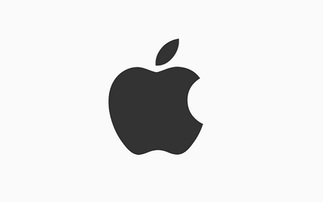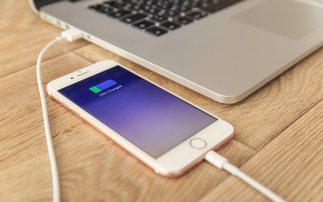Entrust's Mark Reeves talks mobile authentication and access management to the Enterprise Security and Risk Management Summit
These days the average person has many different identities across many different devices, applications, social media and cloud services. With the increasing number of identities come more and m...
To continue reading this article...
Join Computing
- Unlimited access to real-time news, analysis and opinion from the technology industry
- Receive important and breaking news in our daily newsletter
- Be the first to hear about our events and awards programmes
- Join live member only interviews with IT leaders at the ‘IT Lounge’; your chance to ask your burning tech questions and have them answered
- Access to the Computing Delta hub providing market intelligence and research
- Receive our members-only newsletter with exclusive opinion pieces from senior IT Leaders




















